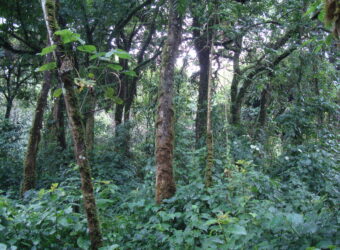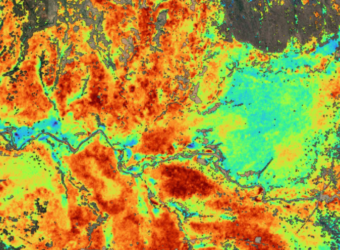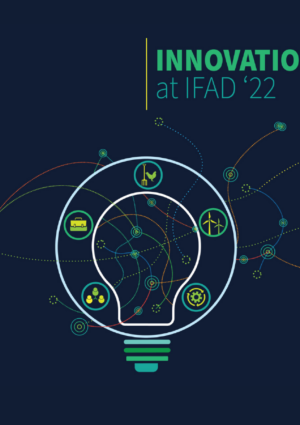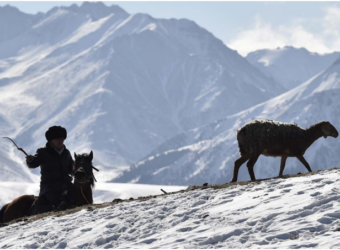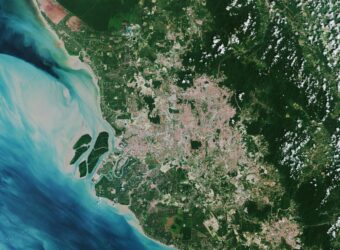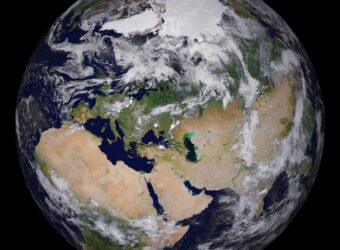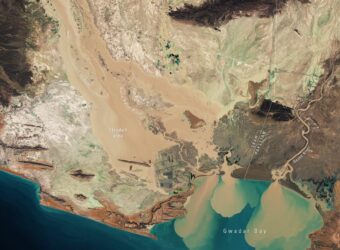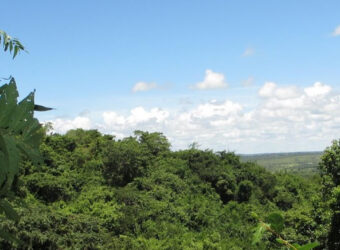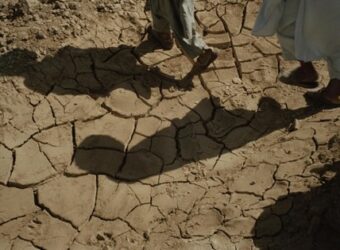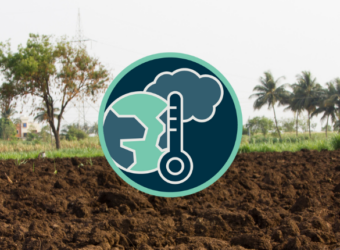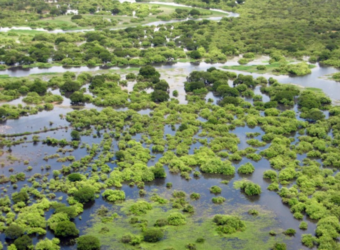Thematic overview
Climate resilience is the ability to anticipate, absorb, accommodate, or recover from climate change in a timely and efficient manner. It has emerged as an important framework for policy and programme development. To achieve climate resilience, an access to high quality information on environmental risks is needed and Earth Observation (EO) has a considerable potential to inform and facilitate climate resilient development around the globe. They enable global climate research by providing timely and accurate information in large quantities about the Earth’s atmosphere, landmasses, and oceans. When combined with societal information they can provide vital knowledge about climate risks and resilience building opportunities.
Climate Resilience Themes
- Improving climate risk management in low-income countries
The most severe climate change impacts are faced by poor and vulnerable communities in low-income countries. Thus, many national and international initiatives are taking steps to improve the resilience of livelihoods and production systems to climate change. Environmental management is essential to improve the resilience, and Earth Observation is crucial to identify ecosystems health condition and informing on prioritise sites for restoration opportunities.
- Monitoring of interventions and estimation of Emission Reductions
The transition toward global climate neutrality is an ambitious goal that requires more precise and reliable information on Greenhouse Gases (GHG) emission and sequestration to monitor progress and steer nationally determined contribution (NDC) activities. Functioning forests play a critical role in this transition and require close monitoring. Their carbon cycles are complex and difficult to measure directly. Monitoring of the dynamics of biomass, soil carbon contents and changes in land uses help estimate CO2 fluxes from forest resources.
- Results-based climate financing
Mainstreaming geospatial data into financial decisions and products, including that from space based platforms, is a key requirement for the transition, and stewarding, of the real economy to net zero by 2050. To achieve this, innovative public-private financing solutions are needed to tackle the expected changes in tail risk, which may be uneconomic for traditional insurance or financing. The goal is therefore to build demand-side efforts to increase the accountability and efficacy of climate finance, and at the same time to boost private sector participation through results-based mechanisms.
- Establishing drought early warning decision support at pre-operational level
- Predictive capabilities that can be built using EO to work with different climate change scenarios
Forests are strongly affected by climate change since combined warming and moisture variability alter regeneration and growth
- Climate Variables for Financial Risk Monitoring
The Physical Risks of Climate Change are diverse and global, and include:
– Chronic Risk (extreme heat, drought and water stress, Sea level rise, etc.)
– Acute Risk (wildfires, hurricanes, flooding, etc.)
Timely action to assess the climate risk and address the impact of climate change requires ready access to trustworthy climate information, increasingly derived from EO satellites.
This use case aims to simplify monitoring portfolio climate risk exposure, enabling developing country financial institutions to improve management and oversight of climate risk embedded within their investment portfolios
- Identifying Support Climate Change Adjustments for Detailed Engineering Design
Coastal zones are a critical part of the economy for virtually all countries that possess coastline, and, as a consequence, changes in coastal morphology have broad consequences for the sustainability of coastal communities, structures, and ecosystems. Hard and soft options for mitigating coastal erosion risk require detailed information on the shoreline response to environmental forcing over a range of spatial and temporal scales. However, comprehensive observational data sets rarely exist. Earth Observation offers a clear alternative to manual surveys to collect direct observations of shoreline change but also for high quality inputs to empirical and numerical tools that can be used to calculate expected future changes in shoreline position and longer-term evolutionary trends.
Discover our
e-flyer and
brochure for more information regarding services and products provided on these themes in response to requirements identified in the climate domain by IFIs and their Client Countries:
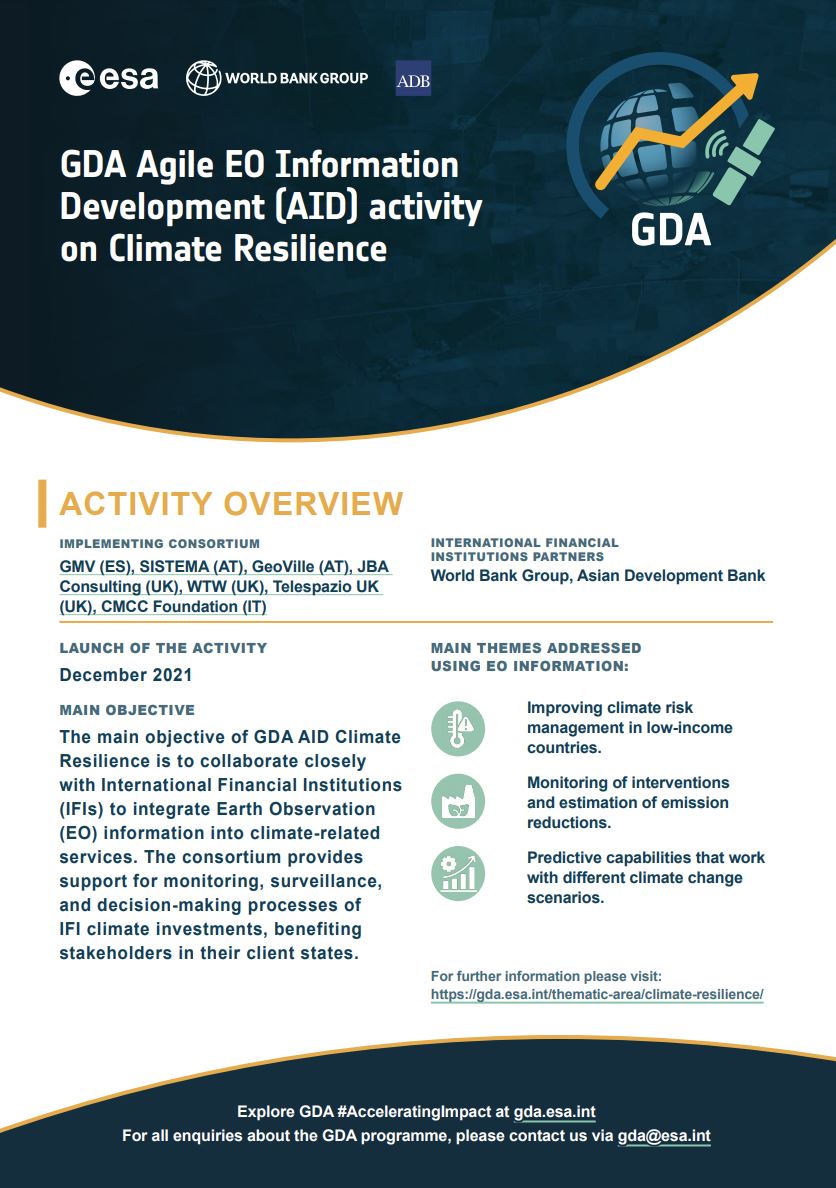
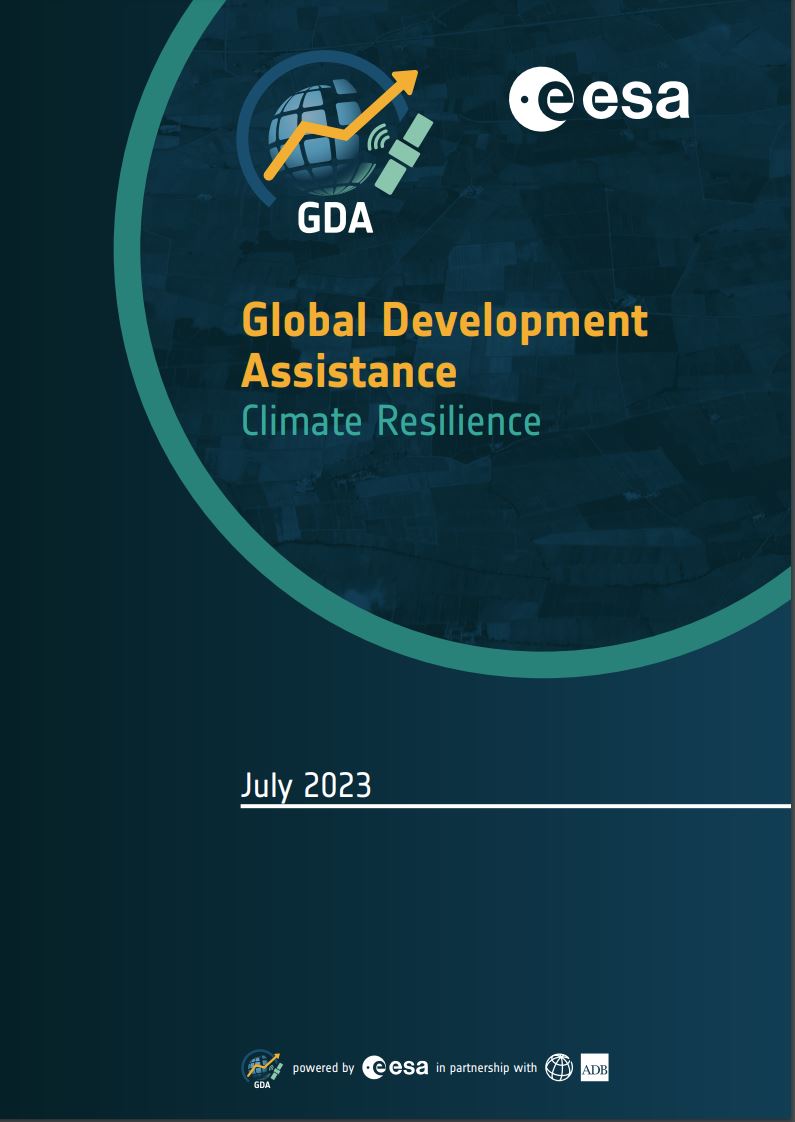
Supported IFIs projects
- Agro-Climatic Resilience in Semi-Arid Landscapes of the World Bank
- Use Case: Digital Soil Organic Carbon Measurement, Reporting and Verification (MRV) system for agricultural landscapes in Nigeria
- Next Generation MRV for Land Use ER Programs of the World Bank
- Use Case: Assessment and monitoring of forest biomass and biomass changes for next generation MRV 2.0 in Mozambique
- Disruptive Technologies for Public Asset Governance (DT4PAG) project of the Digital Government Transformation programme of the World Bank
- Climate Change Knowledge Portal (CCKP) of the World Bank
- Use Case: Support to climate model ensemble selection and evaluation for CCKP users
- Support to preparation of Democratic Republic of Congo’s (DRC) CCDR at the World Bank
- Use Case: Assessment of land use land cover and biomass historic and climate projected changes to support the preparation of DRC’s CCDR
- Support on Erosion Hazard Assessment to the Asian Development Bank
- Use Case: Create a spatial data inventory of relevant hazard and risk data, to understand the spatial risk profile of relevant infrastructure and provide valuable into coastal and inland flood risk as a basis for future, more detailed studies and capacity-building opportunities in Georgia
- Enhancing Differentiated Approaches in Context-Sensitive Situations project of the Asian Development Bank
- Use case: Water availability and risk assessment web platform to quickly assess status of existing water related infrastructures, flooding risk at regional level and national drought risks in Afghanistan
- South Sudan Climate Resilient Flood Management Project of the World Bank
- Use Case: Analysis of flood trends, hazards and nature based solutions (wetlands) to improve resilient flood management in South Sudan
- Global Program for Sustainability of the World Bank
- Use Case: Sub-annual analysis of land covers dynamics to identify drivers of deforestation and sources in Perú.
- Climate Risk Assessment Platform for Forward-Looking Indicators of the International Monetary Fund
- Use Case: Development of a climate risk assessment platform to integrate global high-resolution geospatial climate hazard indicators derived from climate projected indicators, and projected socio-economic information.
- Murat River Watershed Rehabilitation Project in Turkey of the International Fund for Agricultural Development
- Use Case: Integrated Environmental Impact Assessment: Climate Shocks, River Dynamics, and Soil Erosion Analysis in Turkey.
Consortium members

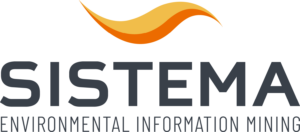
















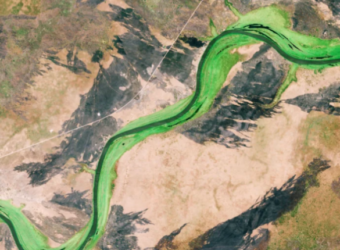



![[VIDEO] Earth Observation for Climate Resilient Flood Management in South Sudan](https://gda.esa.int/wp-content/uploads/2023/11/Earth-Observation-for-Climate-Resilient-Flood-Management-2-340x250.jpg)

